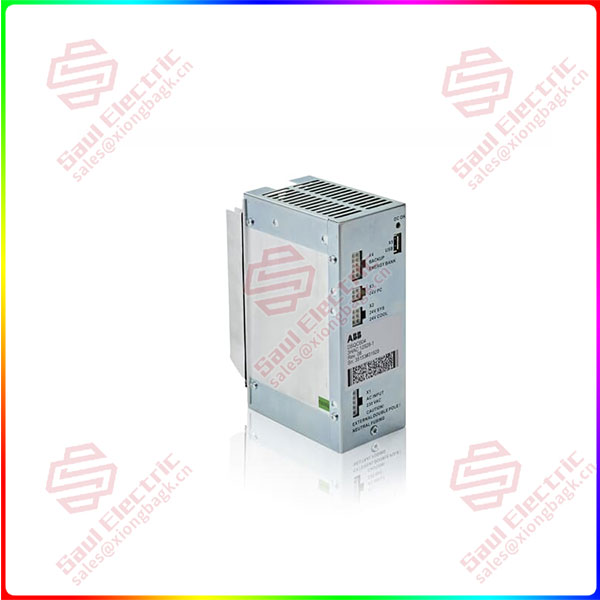Established in the destination market country
The development of digitalization, intelligence and automation has changed the global manufacturing layout with labor cost as the primary factor. More and more manufacturing enterprises, do not have to consider labor costs, directly build the factory in the sales destination market country, closer to the market, can quickly understand the market demand, and complete the precise input and output of the manufacturing plant. Raw materials do not impose any constraints on the factory other than transportation costs.
In the documentary “American Factory”, Fuyao Glass chose to build a factory in the United States, which occupies a global leadership position in automotive technology, not only because of the preferential policy for American enterprises to settle in, but also because of its proximity to General Motors. To build a factory here is to build a factory in the destination market country as we mentioned, so that the efficiency of the glass produced into the market is rapidly improved.
Access to markets and cost reduction are also fundamental considerations for other Chinese companies investing in the United States.
In addition to Fuyao Glass, there are several large factories invested by Chinese companies in the United States. CRRC set up an assembly plant in Springfield, Massachusetts, in 2016 to assemble subway cars. One of its users is the Boston Metro. The latter just received the first batch of carriages from CRRC’s Massachusetts plant this summer.
An earlier settler in the United States is Jinlong Group, based in Henan province, which in 2014 established a precision copper pipe factory in Alabama that can supply components to nearby American refrigeration companies. In addition, the average salary in Alabama is the lowest in the United States, and the local government provides a variety of tax breaks and incentives without exception.
In the context of the rapid development of digitalization, intelligence and automation, labor is no longer an important factor limiting the development of manufacturing, and the advantage of being close to the market has become a weapon for cost saving in manufacturing. For manufacturers, profit is the first factor, and market orientation has become a new choice for manufacturing. Previously, relying on the “demographic dividend” development of China’s manufacturing industry, can seize the new choice?

DSQC604
Robots instead of humans, good or bad?
Whether robots can replace humans has always been a hot topic in the manufacturing industry. Some time ago, in the “two-horse dialogue” of the World Artificial Intelligence Conference, Ma Yun mentioned that artificial intelligence can allow people to have more time to enjoy life. Of course, this may be an ideal assumption for the future. At present, robots can not completely replace labor, whether it is manufacturing or service industry, labor is indispensable.
In the short term, robots can not completely replace labor, combined with the status quo of the overall transformation and upgrading of China’s manufacturing industry, the threat posed to the past manual labor is little. However, in the long run, whether the transformation and upgrading of China’s manufacturing industry can grow rapidly, whether it can persist for a long time, the demand for sophisticated talents is strong, and how to settle the surplus labor force has become a new challenge.
Long-term development, the progress of digitalization, intelligence, and automation may completely disappear the advantage of cheap labor in China’s manufacturing industry, and whether China’s manufacturing industry can continue the advantages and vitality of the 40 years of reform and opening up is also the direction that needs to be thought about.
The common feature of the superior manufacturing industries of Germany, Japan and South Korea is the developed automobile industry. In addition, the United States, Germany concentrated on high-end manufacturing, have a strong R & D advantage; Japan focuses on high-end hardware manufacturing and the manufacturing of key core components; South Korea concentrates on mid-range manufacturing; Traditional Chinese manufacturing is still concentrated in labor-intensive, low level of technology and value-added industries. Traditional Chinese manufacturing is far from the high-end manufacturing represented by the old manufacturing powers – the United States, Germany and Japan.
After manpower is no longer an important limiting factor, policy attraction, tax incentives, market orientation has become a trump card in the hands of manufacturing powers, where to invest and build factories, this competition will intensify.
 1 Year Warranty
1 Year Warranty





